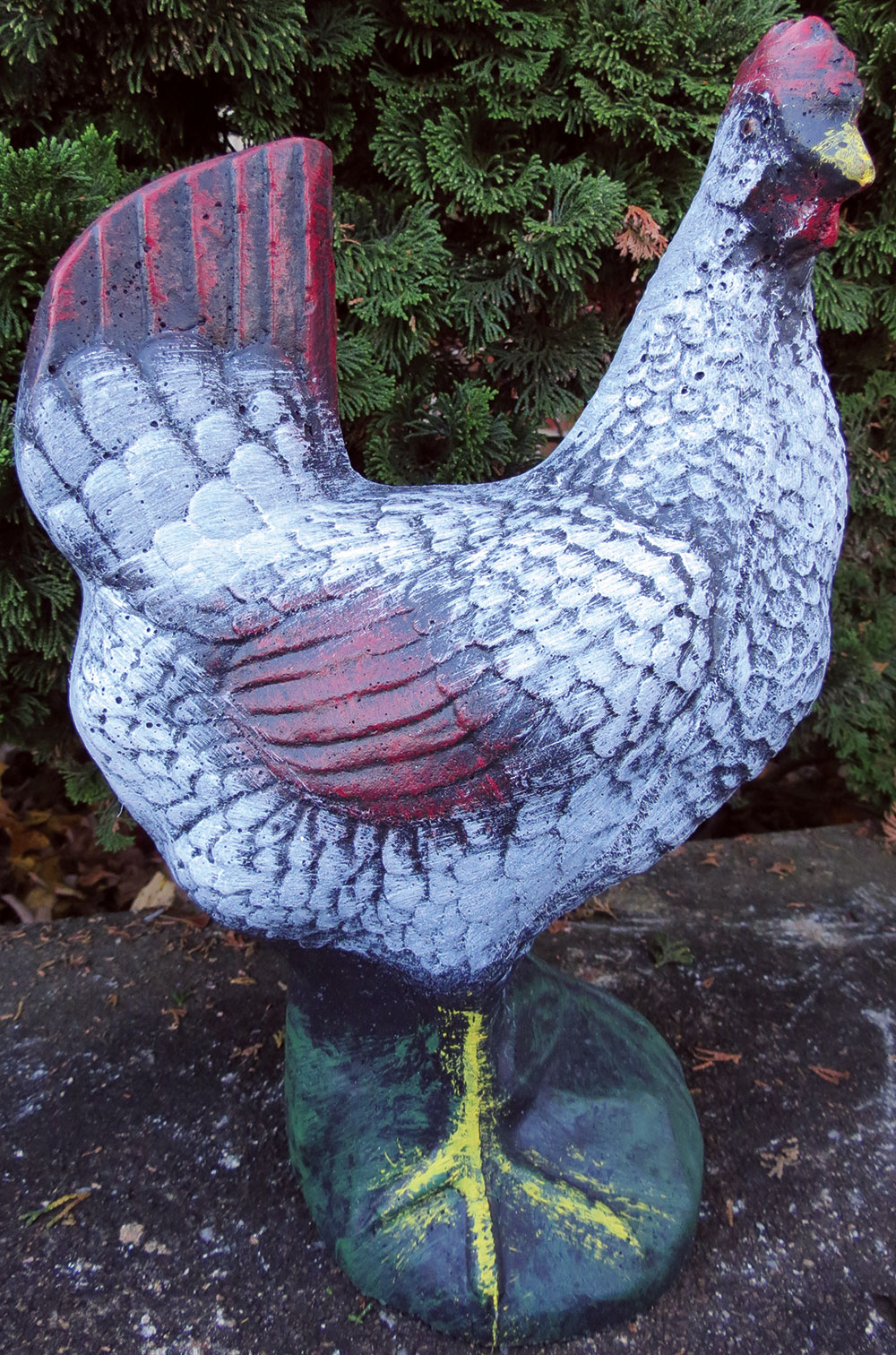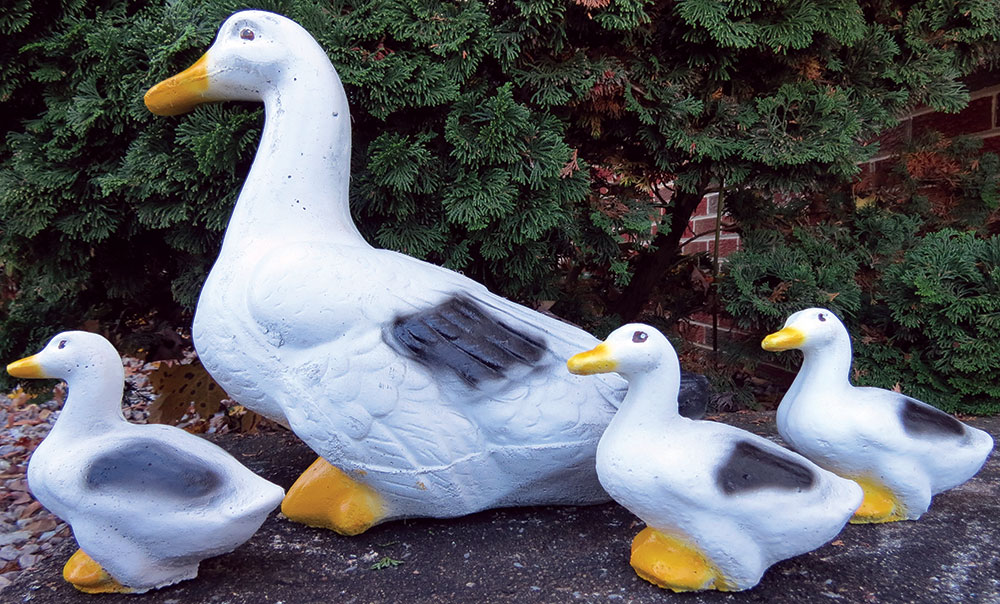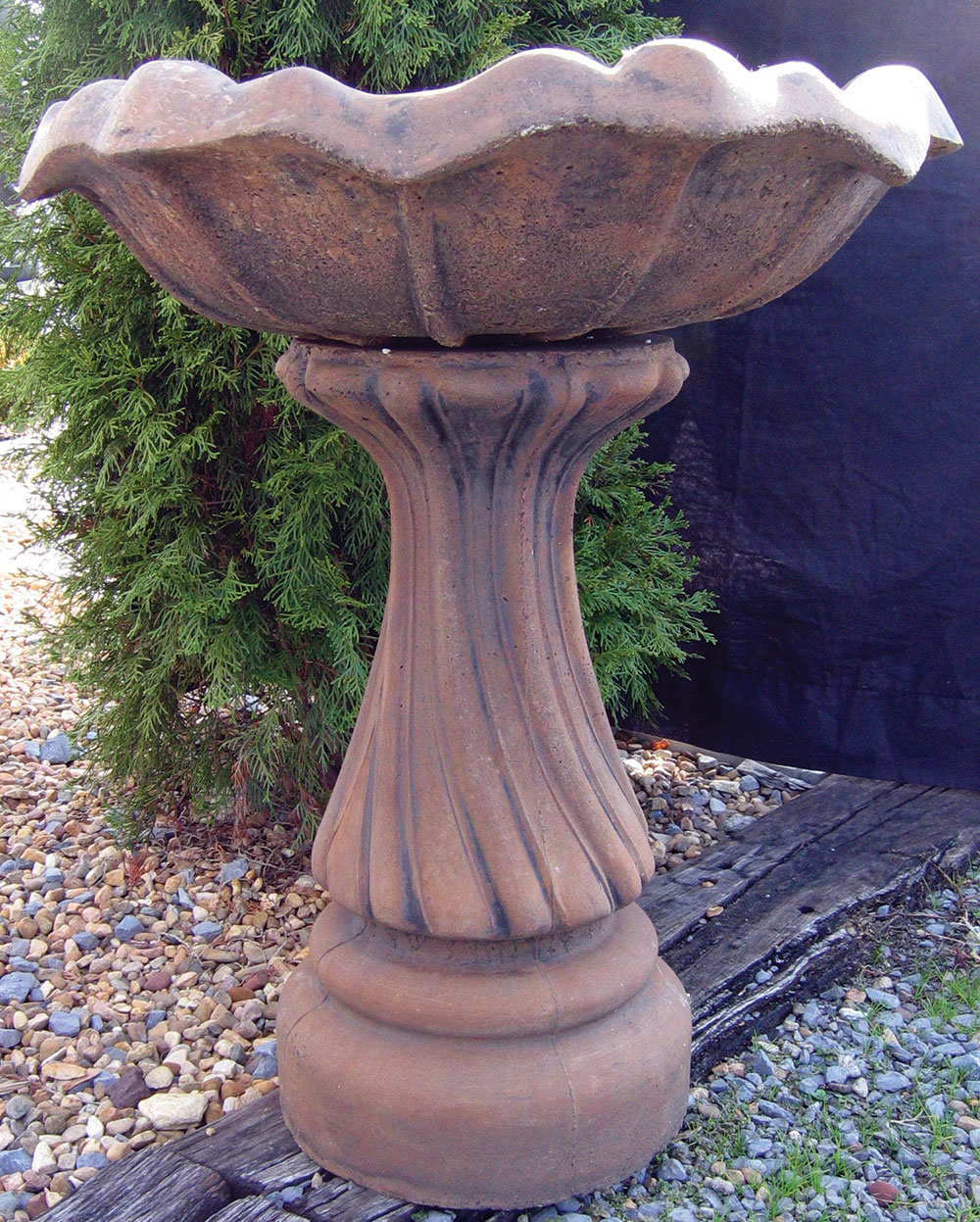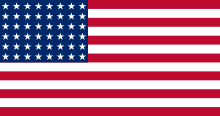Water Garden Terminology,
What is it and what's it for?
Aeration- An aerator increases your dissolved oxygen levels. Bacteria requires plenty of oxygen to colonies. The higher the dissolved oxygen levels in the water, the more colonies of bacteria can grow. In the winter an aerator will keep a hole in the ice to allow toxic gases such as ammonia and nitrites to escape and avoid suffocating your fish.
Circulation/Filtration- Some sort of filter is required on almost all ponds. The scale of the filter required depends directly on your fish load and feed load. If possible, you should circulate and filter all the water in your pond AT LEAST one time per hour. There is no such thing as too much circulation/filtration.
Bacteria- Beneficial bacteria breaks down ammonia and turns it into nitrites. Nitrites then get broken down even further into nitrates. Nitrates put simply is plant food. Biological waterfall boxes and suction grids are a great way to increase the bacteria levels in your pond. These items provide a special environment for colonies of bacteria to grow and thrive. Biological filtration is essential to a healthy pond.
UV lights- Green water is simply an overabundance of single cell algae. UV lights kill single cell algae thus clearing the water in your pond. It is important to unplug UV lights for 24 hours when adding live bacteria to your pond because UV lights will kill suspended bacteria. UV bulbs need to be replaced after 365 burning days which usually ends up being about every two years.
Fish Load and Feeding- Your fish load and feed load depends directly on your filter system. The average person should feed their fish about two times per week. At full maturity, your fish load shouldn’t exceed one koi per 250 gallons or 1” of goldfish for every 5 gallons. With a nice filtration system, the maximum fish and feed load can often times be exceeded.
Clean Pond- Bacteria will eat slowly at debris on the bottom of the pond, but the fastest way to get rid of debris is to have your pond vacuumed or cleaned once a year. A fall cleaning is highly recommended so leaves don’t stay in the pond all winter long. Springtime cleanings are also popular. Debris on the bottom of the pond increases the risk of algae blooms and fish illness.
Aquatic Plants- Plants will help absorb nutrients from fish waste. Floating and surface plants such as lilies, hyacinth, and lettuce also provide shade which keeps your pond water cooler. The cooler the water, the higher the dissolved oxygen levels which means more beneficial bacteria.
Cleaning your Filter- Mechanical filtration is the only way for suspended debris to leave your pond. Cleaning your filter daily may be necessary at certain times of the year depending on the coarseness of your filter pad, your fish load, the cleanliness of your pond, and the amount you feed your fish.
Bottom Drain- A bottom drain is a 3-5 inch single hole on the bottom of the pond that keeps debris from building up. Generally the entire bottom of the pond slants towards the bottom drain. Bottom drains are almost always attached to an external pump. Somewhere between the bottom drain and the intake of your pump should be a strainer basket to avoid clogging your pump.
Suction Grid- A suction grid is a grid made from PVC pipe with 3/4” holes that covers the bottom of your pond. Over top of the PVC grid is usually 6-8 inches of gravel. Make sure the gravel over top of the suction grid is larger than the holes you drilled. Suction grids are almost always attached to an external pump. A suction grid turns the bottom of your pond into a “living filter” because it provides an environment that allows bacteria to grow and thrive in.
pH- pH stands for potential hydrogen. pH is the measure of the hydrogen ion concentration of a substance. Pond water pH fluctuates throughout the day due to photosynthesis and respiration by plants and fish. Typically, pH is highest at dusk and lowest at dawn. This is because nighttime respiration increases carbon dioxide concentrations that interact with water producing carbonic acid and lowering pH. An ideal pH level for fish ponds would be between 6.5 and 8.5.
Salt- Adding salt will help boost your fish’s natural defenses to diseases by restoring and maintaining their slime coat. Salt also helps heal open wounds, bacterial infections, and parasites commonly found from fish scraping against rocks and burying in debris. A normal salt level would be between 0.3% and 0.4%. A quick 2-5 minute bath in water with a high salt concentration is known as a salt bath. Salt baths can be given for severely infected fish. Salt bath levels are usually around 3%.






















